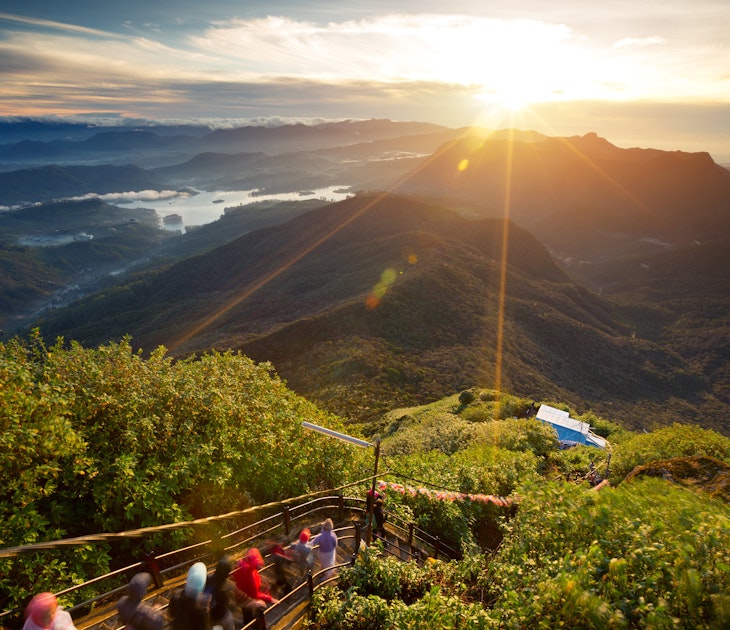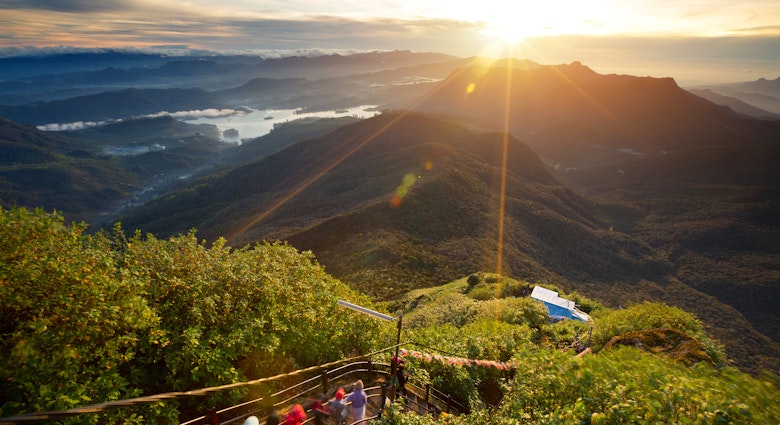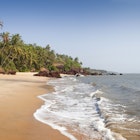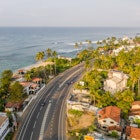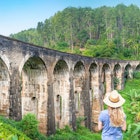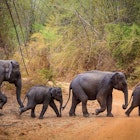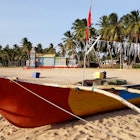While soft-sand beaches and lowland jungles may be the first images that leap to mind when you imagine Sri Lanka, this tropical isle is endowed with a mountainous interior that is every bit as scenic as the coast, blessed by pleasantly cool temperatures that rarely tip 21ºC.
Rising at dawn is the best way to see this region of Sri Lanka burst into life, as the rising sun spills across lush and sweeping amphitheaters of green, and views stretch to the horizon, undimmed by early mists and the clouds that roll in mid-morning, obscuring famous vistas.
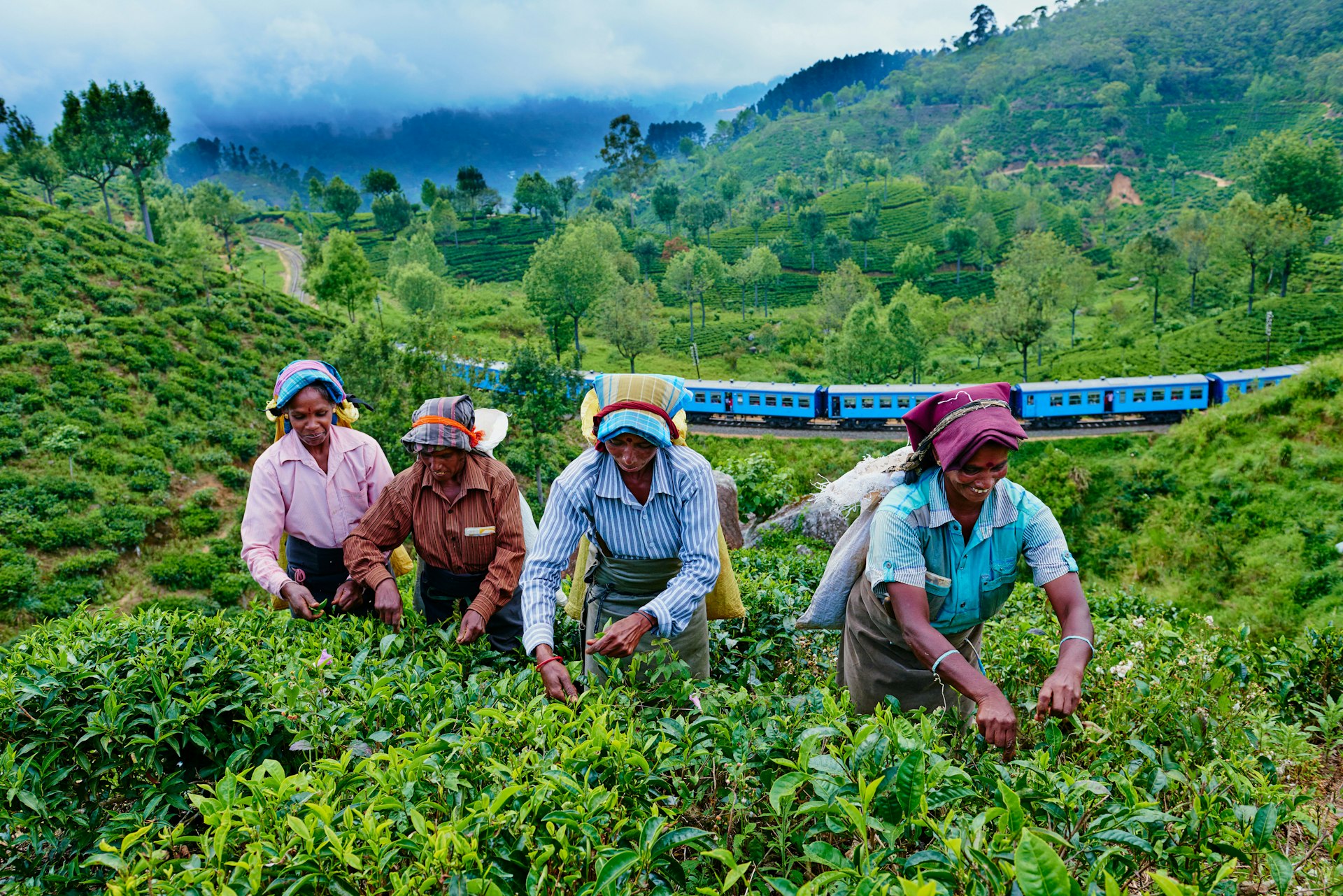
On the southern slopes of the Hill Country, the towns of Haputale, Bandarawela and Ella are surrounded by a blanket of vast, eye-pleasing tea estates, where swirls of planted tea bushes are stamped onto the landscape like colossal green fingerprints. It's truly delightful hiking territory, criss-crossed by trails that serve up some of Sri Lanka’s best views.
Alternative World’s Ends
The most famous Hill Country panorama is the evocatively-named World’s End in Horton Plains National Park, but the sublime views come with crowds and high national park entry fees that can exceed US$20 for foreign visitors.
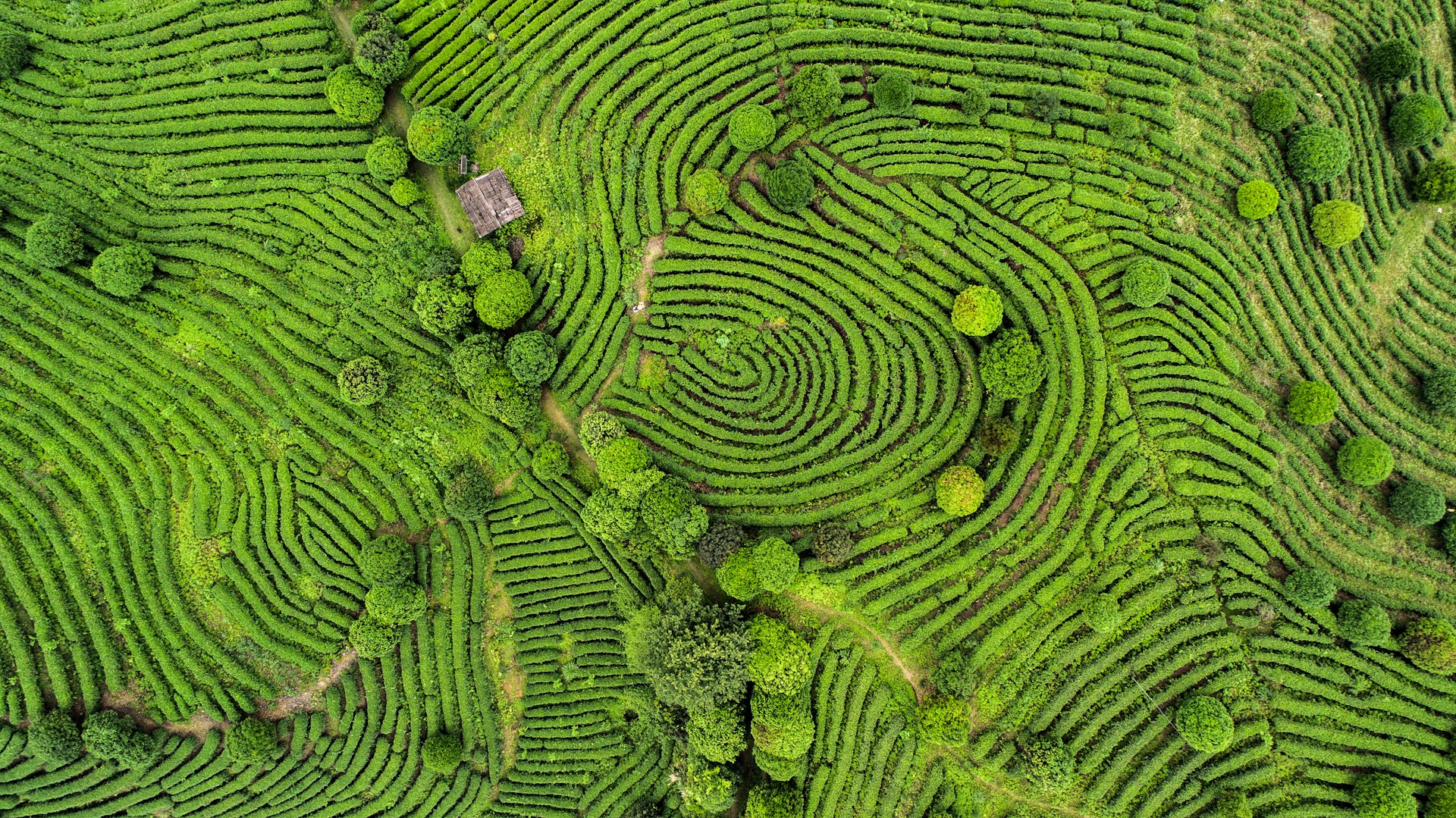
Luckily, Sri Lanka offers a series of alternative World’s Ends, reached by stunning hikes through similarly spectacular natural scenery, but without the crowds and high entry fees – most are free to visit, and even Lipton’s Seat, perhaps the best known, has a modest entry fee of just Rs 50 (US$0.33).
Tasting Lipton’s delight
For my own explorations of Sri Lanka’s lush, green hills, I chose the ridge-top town of Haputale, jumping-off point for an early morning ramble to Lipton’s Seat. From this lofty perch above the Dambetenne tea estate, tea’s most famous patron, the English trader Sir Thomas Lipton, once surveyed his vast Ceylonese holdings.
My first stop on the journey was the Dambatenne tea factory – Sri Lanka’s first, founded by Sir Thomas in 1890. Reached via a rewarding 11km walk or short bus or tuk-tuk ride from Haputale, the Dambatenne estate marks the start of a 7km track that climbs 400m through luxuriant tea bush landscapes to Lipton’s eponymous lookout.

Despite the topography, I found the walk restful rather than strenuous; two hours of weaving through rolling plantations, alive with fluttering butterflies and dotted with plantation workers’ homes and groups of Tamil tea pickers, usually chest-deep amidst the bushes, filling bags or baskets with Sri Lanka’s best leaves.
Waving and smiling at tea-pickers earned a warm response, as did my requests for directions. The latter is definitely advised if you plan to tackle the steep, stepped shortcuts running directly through the plantations. At the top of the climb, I found a bronze statue of Sir Thomas Lipton posing with a cuppa in front of a cascade of misty green hills, a small teashop serving fresh brews and treats, and little else to disturb the serenity.

Other top-notch walks
Lipton’s Seat is only one of many wonderful walking destinations in Sri Lanka’s Hill Country. Here are some more recommendations for ways to soak up the scenery and bask in the balmy highland climate.

Pilkington Point & Millennium Point
Start: Bandarawela
Duration: four hours roundtrip
Named after Sir George Pilkington, a 19th-century English tea pioneer, Pilkington Point (about 1400m above sea level) is marked by a simple hut, erected on the spot where Sir George is said to have paused to admire the sprawling extents of the Poonagala tea estate, and a century-old, painted stone signboard identifying local landmarks.
Pilkington Point is a one-hour walk (about 1½km) up a marked trail, forking off the Bandarawela-Koslanda road. If you still have energy to spare, a signed path climbs vigorously onwards for another 45 minutes to Millennium Point, one of the highest lookouts in the highlands at 1500m. The platform at the top has been slowly deteriorating, so be careful, and be wary of wild elephants and boars, especially in the evening.
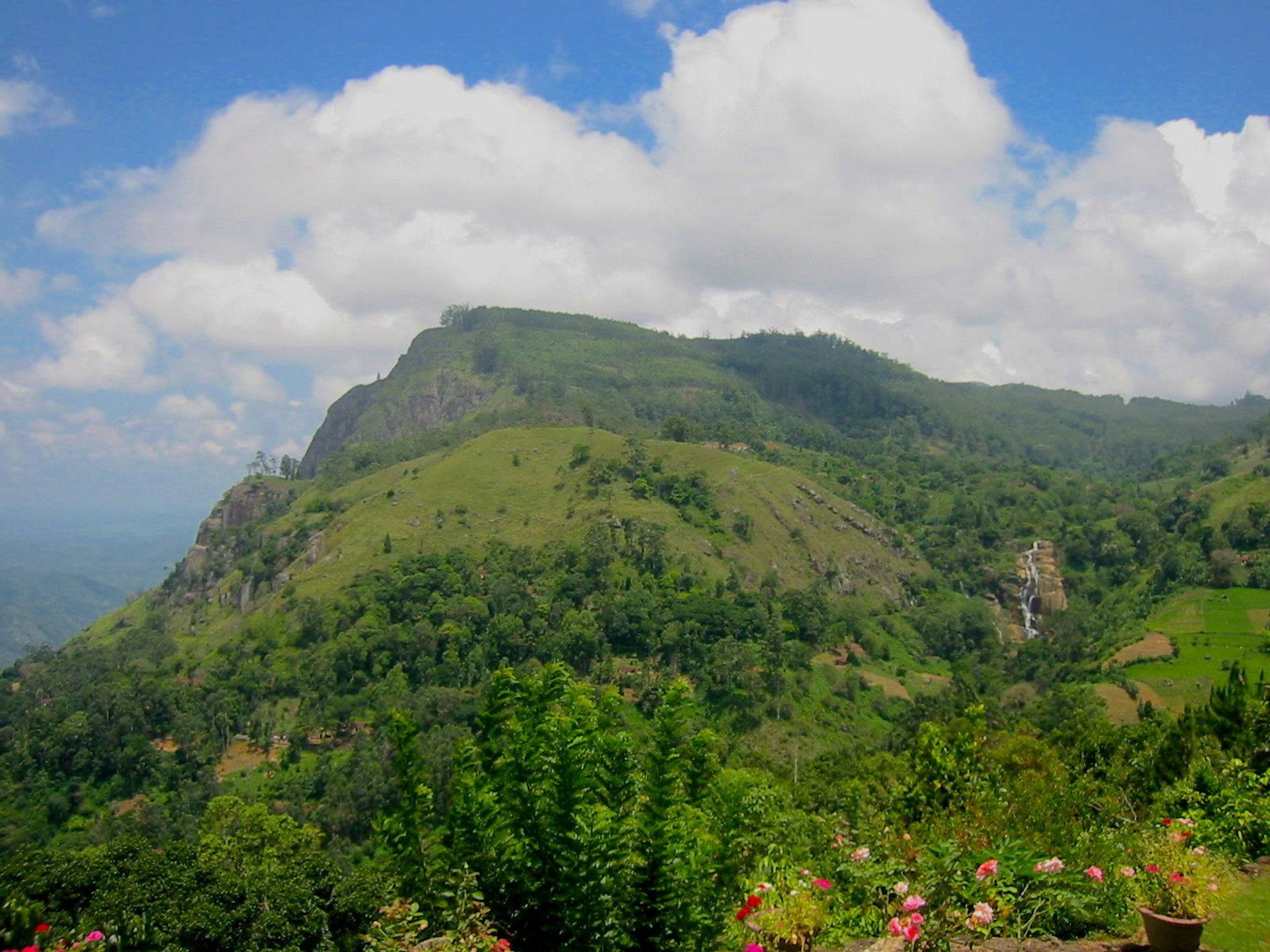
Ella Rock
Start: Ella
Duration: four hours roundtrip
Reaching the exposed crag jutting out from the west side of Ella Gap involves a steep and challenging walk, starting on the railway tracks toward Bandarawela. After about 2½ km, a dirt trail turns sharply left – it's beyond the metal bridge and Kithalella train station but before the 166¼km marker (a faded blue arrow painted on a boulder shows the way). After leaving the railway, it’s just uninterrupted nature all the way to the top of the rock. The final stretch is the steepest, but the views are their own reward. For an easier excursion, a two-hour roundtrip from Ella will take you as far as Little Adam’s Peak, a lower promontory to the east.

Adisham Bungalow & Tangamale Sanctuary
From: Haputale
Duration: Five hours roundtrip
Plonked slightly incongruously in the tropical landscape, Adisham is a large and stout, Tudor-style, granite country mansion surrounded by English gardens and orchards, a 3km walk or taxi ride west of Haputale town. Completed in 1931 by a Scottish tea planter, the house has been a Sylvestro Benedictine monastery since 1961, but guests are welcome to explore the grounds and visit two preserved colonial rooms.
To the left of Adisham’s front gates, a signed walking track runs west for about 8km along the crest of the ridge through the tranquil Tangamale Sanctuary. It’s a serene walk through pine and eucalyptus groves sheltering birds like mini-verts, green barbets, blue magpies, hornbills and orioles. The trail ends at the railroad tracks for a walk back to Haputale or onward to Idalgshinna. This is not a walk for vertigo sufferers; the path is steep, though easy to follow.
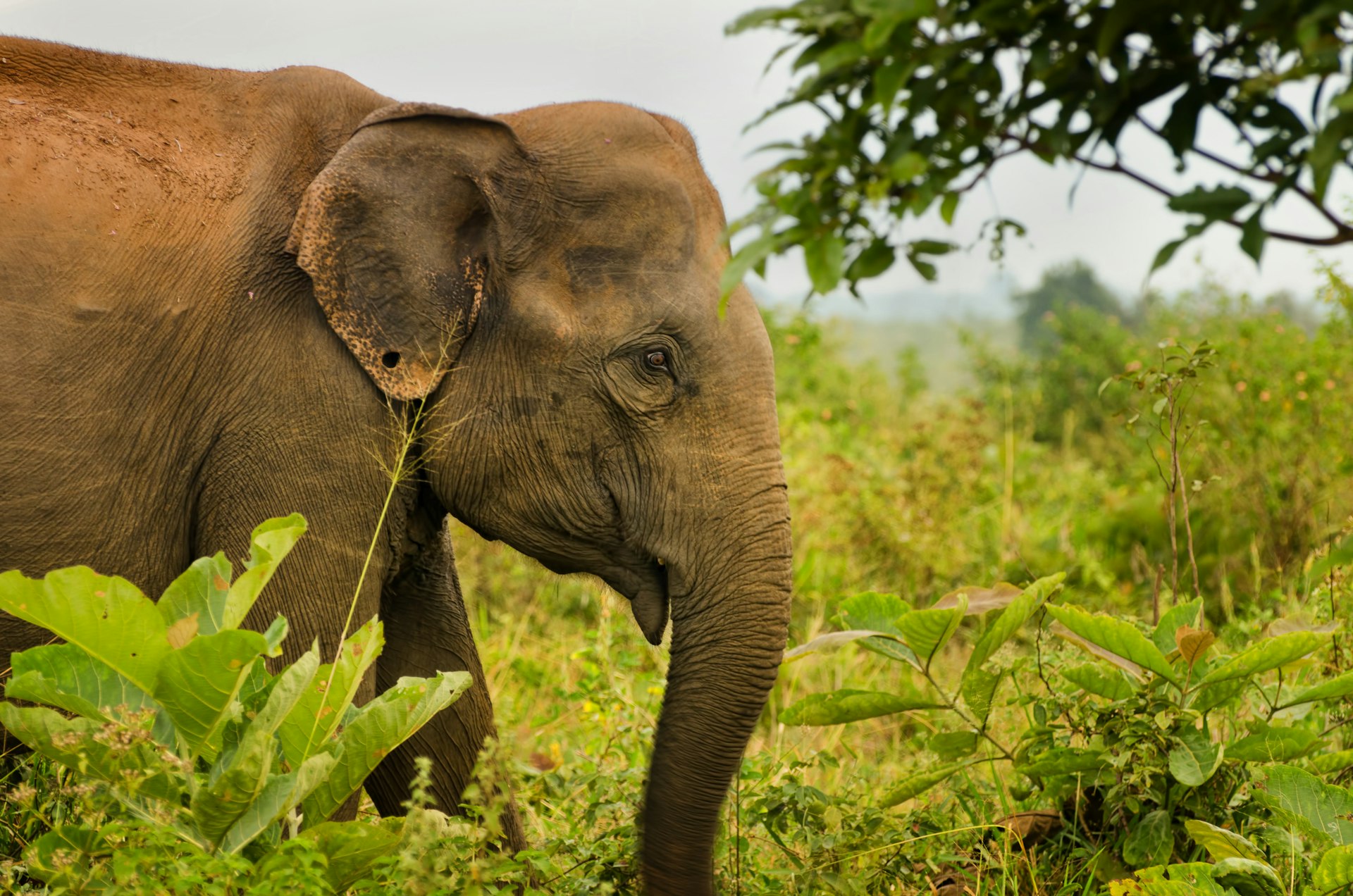
Walking practicalities
No matter where you go in the Hill Country, you’re rarely far from human habitation, especially in this heavily cultivated part of the southern hills. However, don’t let this create a false sense of security. Possible hazards include leeches, tropical storms (lightning has killed people at high elevations) and large wildlife, including boars and elephants, which can be aggressive; encounters are more likely in the late afternoon or early evening. Consider hiring a local guide in advance if you don’t feel secure or confident on your own. Otherwise, follow standard rules for trekking in the tropics – wear comfortable hiking shoes and carry rainproofs/windproofs, sunscreen, bug repellent and sufficient water for the whole trip.

